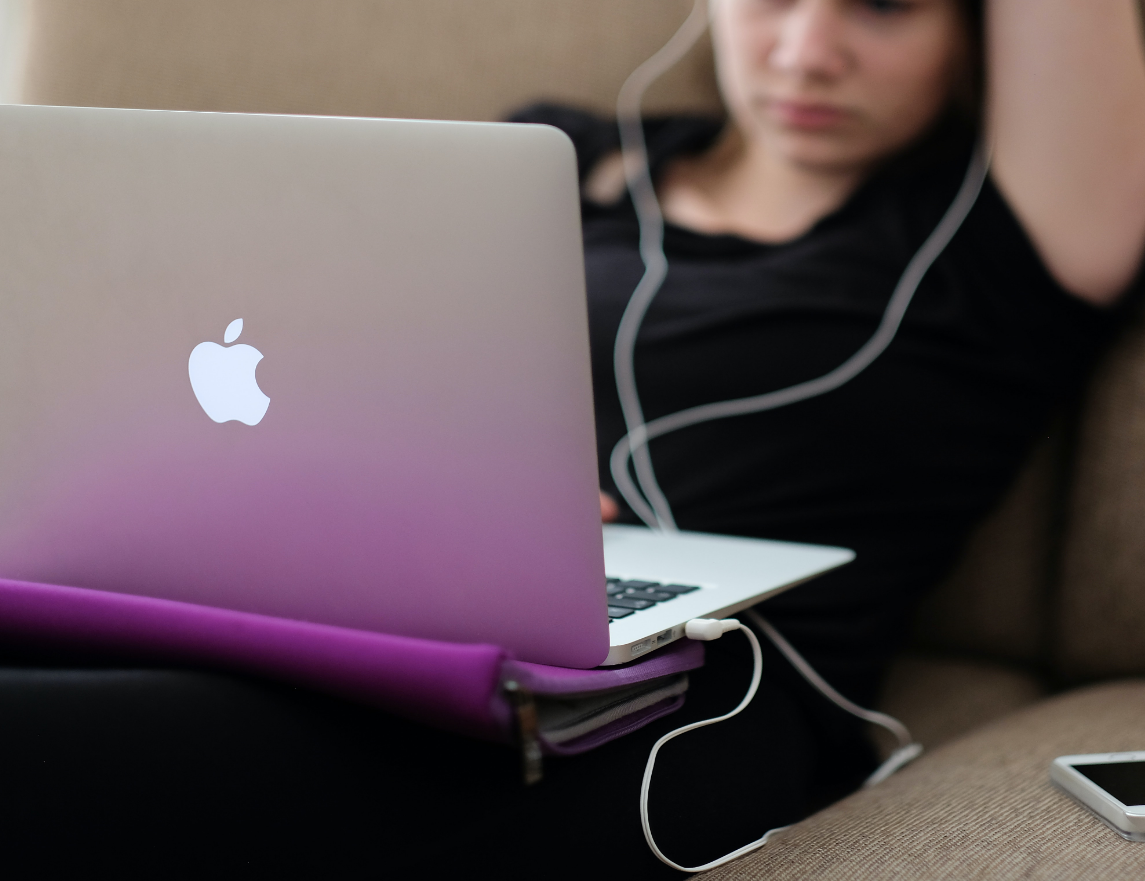Top Ten Teletherapy Tips for Kids & Teens
Top Ten Teletherapy Tips for Kids & Teens

Much of the mental health community is moving to teletherapy. While some parents and providers have experienced this type of therapy before, for many it’s brand new! Here are 10 teletherapy tips to help kids and teens get the most out of their teletherapy sessions:
1. Find a space.
Finding a secure, comfortable space to complete your teletherapy sessions is important. For many kids and teens, a bedroom with a closed door will work well. Even if kids are sharing bedrooms with siblings, a therapy session can be a great way for older kids and teens to have time alone in their room to talk about their feelings and frustrations. Another way to find privacy might be to use a home office, laundry room, large closet, or even a bathroom.
2. Check your connection.
Ensure that the space you choose has a strong internet connection, whether wireless (WiFi) or hard-wired (via Ethernet cord). If your home internet connection isn’t strong, consider using your cell phone or tablet connected to a cell signal to make sure that the session goes smoothly. Decide what should happen if the audio or video stops working. Usually a phone call can be a great backup plan!
3. Make a plan.
Before or at the start of each session, plan for who should be present. For parent-only sessions, make sure that kids and teens have something to work on independently or have reliable childcare. For family sessions, be sure that parents and kids are all ready to participate in the session. If the session is child- or teen-only, make a plan for a parent to check in at the end for any important updates.
4. Bring toys.
For younger kids or those who are extra fidgety, be sure to have toys ready for them to play with while they chat with their therapist. Fidget spinners, silly putty, or even coloring books might be useful to keep their hands busy. Parents and therapists should remember that some kids and teens focus better when they are occupied! Be sure to check for understanding and focus by asking questions and reviewing information before the end of the session.
5. Have supplies ready.
Have paper, pens, pencils, and markers ready in the therapy space. You might be drawing, writing or creating during the session. This is a great way for therapists to increase engagement while they discuss thoughts, feelings, actions, and situations related to therapy goals.
6. Make notes.
Kids, teens, and parents rarely remember all of the information that therapists provide in session. Without the benefit of paper handouts, it might be even harder to remember what was discussed! Make notes for yourself, your kids, or your teens to get the most out of your time.
7. Play games.
Therapists play games with kids and teens to build rapport and provide a comfortable backdrop to uncomfortable conversations. If you have games at home, bring them to your therapy space. Your therapist might also be able to play games on the screen with you!
8. Watch videos.
Videos can be a powerful tool for teaching about mental health and coping strategies. Kids and teens love watching videos in their free time - and therapists often use them too. Videos can help kids to engage with the content when other strategies aren’t readily available.
9. Ask questions.
Be prepared with questions for your therapist. Are there new and different issues popping up? Do you have any specific concerns or questions related to teletherapy? Let your therapist know, and this can be a part of your session.
10. Do your homework!
When therapists aren’t seeing you in person, it might be harder for them to help you complete your therapy homework. For example, when practicing exposures to feared situations, it’s harder to practice if the video session eliminates the opportunity to practice in session. Be sure to practice your therapy homework between sessions so that you can continue moving toward your goals.
Teletherapy for kids and teens can be incredibly beneficial. Just follow these 10 tips and you’ll be well on your way to successful teletherapy sessions. Your therapist (or your clients) will thank you!












